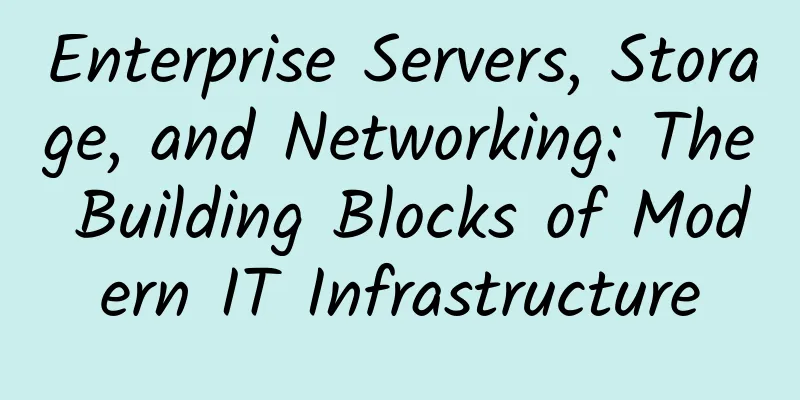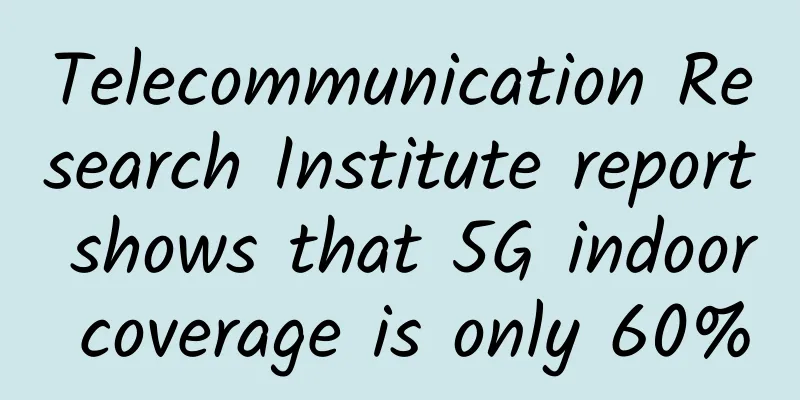Enterprise Servers, Storage, and Networking: The Building Blocks of Modern IT Infrastructure

|
A strong and efficient IT infrastructure is essential to business success in today's fast-paced digital world. Without a reliable IT infrastructure, businesses may experience system failures, downtime, and security breaches that can cost them time, money, and reputation. A first-class IT infrastructure can help businesses by: ● Improved agility ● Strengthen operations ● Improve productivity ● Improve customer satisfaction For example, a well-designed network infrastructure can optimize data transfer, enabling employees to work faster and more efficiently. It can also improve security, protect sensitive data, and maintain the integrity of the network. Enterprise Servers: The Core of IT OperationsEnterprise servers are at the heart of IT operations and are critical to driving business performance. These high-performance machines are designed to handle multiple tasks and applications, ensuring that business processes run smoothly. There are several types of enterprise servers available, including rack-mount servers and blade servers. Rack-mount servers are designed to be mounted in a server rack, providing space efficiency for businesses with limited space. Blade servers are mounted in a chassis and share resources, making them more energy-efficient and easier to manage. Storage Solutions: Protect and Manage Data Data storage is essential to IT infrastructure, protecting and managing critical business information. There are multiple storage solutions to choose from, each with advantages and use cases. Storage Area Networks (SANs) are high-speed networks dedicated to storage that provide centralized, block-level access to data. They are ideal for large enterprises with extensive storage needs and demanding applications. Network Attached Storage (NAS) systems are file-level storage devices connected to a network, allowing multiple users to access and share files simultaneously. They are ideal for small and medium-sized businesses that need an easy-to-manage storage solution. Object storage is a scalable and flexible solution that stores data as objects, making it suitable for unstructured data such as multimedia files, documents, and backups. When choosing a storage solution, businesses should consider capacity, scalability, performance, and cost factors. They should evaluate and adjust their business needs accordingly. Networking equipment: connecting devices and facilitating communicationsNetwork equipment is essential for connecting devices and facilitating communications within an enterprise. A well-designed network infrastructure can optimize data transmission, enhance security, and improve overall business efficiency. Switches and routers are essential network devices. They are responsible for managing data traffic and ensuring seamless communication between different devices within the network. They direct data packets to their intended destination. They can also help reduce network congestion and improve performance. Network security devices, such as firewalls and intrusion prevention systems, are essential to protecting IT infrastructure from cyber threats. They help protect sensitive data and maintain the integrity of the network. Wireless access points (WAPs) enable devices to connect wirelessly to a network, improving connectivity, mobility and productivity in the enterprise. Network management tools help monitor, manage, and troubleshoot network performance issues. These tools provide insight into the health of the network and help identify potential problems before they escalate. Monitor and manage IT infrastructure componentsEffective monitoring and management of IT infrastructure components is critical to ensuring optimal performance and minimizing downtime. Administrators must proactively monitor servers, storage, and network devices to identify and resolve issues in a timely manner. Implementing remote management solutions, automated monitoring tools, and adhering to best practices can significantly improve IT infrastructure management. Remote management solutions, such as remote services, enable businesses to remotely manage their IT infrastructure without on-site personnel. This helps reduce operating costs and improve response time to issues. Automated monitoring tools, such as network performance monitoring (NPM) software, can help administrators proactively detect and resolve network issues. Adhering to best practices, such as regularly updating software and hardware, performing backups, and conducting security audits, helps ensure the reliability and security of IT infrastructure components. |
<<: Application of 5G in the Public Sector of Future Smart Cities
Recommend
VMware Unveils Innovations to Help Telecom Operators Modernize Their Networks
In today's digital economy era, it has become...
Teach you how to accurately calculate the I2C pull-up resistor value
[[438676]] How many devices can be connected to t...
Baidu Takeaway Zhang Jian: Using software engineering thinking to solve operation and maintenance problems
[51CTO.com original article] On April 14, 2017, W...
Open source enthusiasts: Windows will be abandoned by Microsoft and become a Linux subsystem
[[344411]] Open source software enthusiast Eric S...
Healthcare and smart city services will lead 5G IoT adoption
Juniper Research predicts that by 2026, there wil...
ERROR 1273 (HY000): Unknown collation: 'utf8mb4_unicode_520_ci'
Today, when importing a MySQL database, I encount...
Talking about new IP technology in data centers
Ethernet technology, also known as IP technology,...
Cloud Base: Los Angeles CN2 GIA high-defense server, 50-500Gbps defense/ignore CC, fast listing
Yunbase is a Chinese hosting company. The domain ...
IBM acquires Red Hat. Will it be its rival, Google or Huawei? Let's wait and see.
Recently, IBM completed the acquisition of all is...
UCloud: Shanghai/Beijing cloud server annual payment starts from 62 yuan, Hong Kong/Taiwan cloud server annual payment starts from 150 yuan
The tribe once shared information about UCloud, U...
Three common misunderstandings about SD-WAN
Traditional WANs can no longer keep up. In the br...
5G messages are not safe either? Will the SMS business die out if it is hit hard again?
[[348875]] This is not the first time that 5G has...
How Fiber-to-the-Home Broadband Revolutionized Internet Connectivity
The internet has become an integral part of our l...
IPv6 neighbor discovery, address duplication detection, and router discovery mechanisms, learn about them in one minute
1. IPv6 Basics IPv6 (Internet Protocol Version 6)...
In 6 years, the staff has gone from novices to experts. The informatization of the China National Museum of Ethnic Minorities is so trendy!
[51CTO.com original article] Whenever people ment...









